You may look for your first robin as a sign of spring, but the voices of frogs rise through the air and speak clearly of warmer days.
Spring peepers and chorus frogs call from shallow breeding pools on rainy and warm spring nights. Only the males call. They are luring females to the breeding ponds for mating and egg laying.
Spring peepers are small frogs about the size of a quarter. Their pinkish-tan bodies have a brown, X-shaped marking on the back. Peepers are found throughout much of the eastern United States. Chances are you’ve heard their high-pitched, peeping call, even as early as February.
Another widespread spring singer is the western chorus frog, a small gray frog with dark-brown stripes. You can imitate the chorus frog’s call by running your thumbnail along the small teeth of a pocket comb. Chorus frogs call on rainy nights from now through April. By late March, other kinds of frogs and toads join the nightly chorus, telling us that spring has truly arrived.
The Boreal Chorus Frog
- The boreal chorus frog species was long considered the “western chorus frog,” but scientists now recognize it as a separate species.
- The boreal chorus frog is most abundant in prairies but also occurs on agricultural lands, in large river floodplains, and on the grassy edges of marshes.
- It is often the first frog to become active in the spring.
- Boreal chorus frogs eat a variety of small insects and spiders.
- These frogs help control populations of sometimes-troublesome insects. Also, because they are sensitive to pollutants, they are an indicator species, whose presence and population numbers help us gauge the health of their ecosystem.
Learn about other frog species with the MDC’s Field Guide.
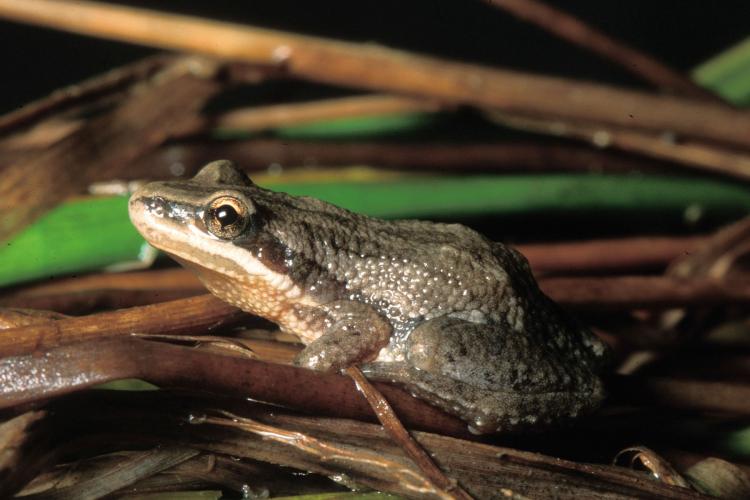
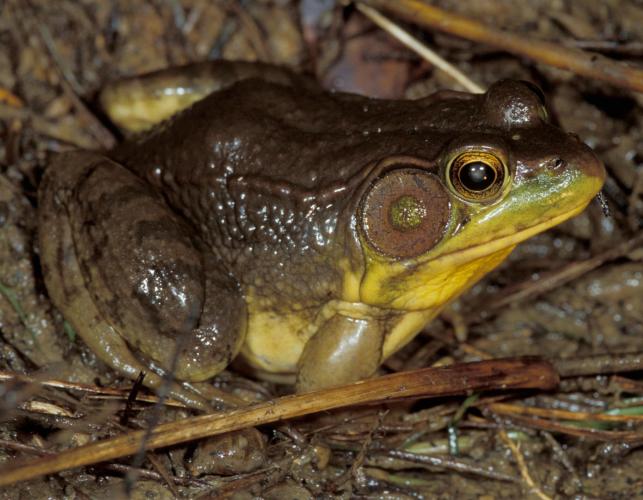
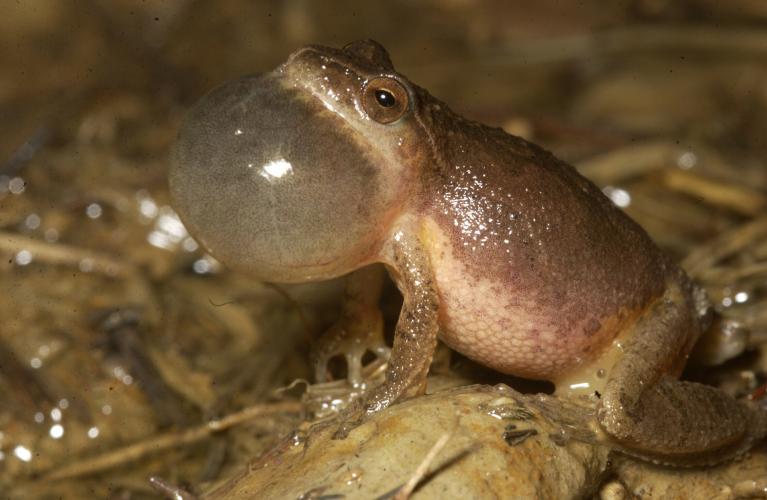
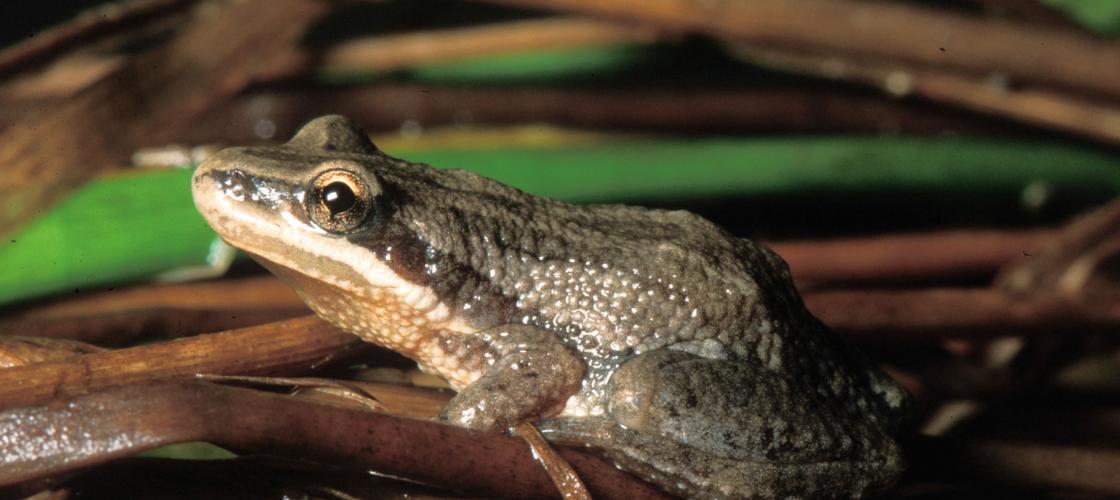
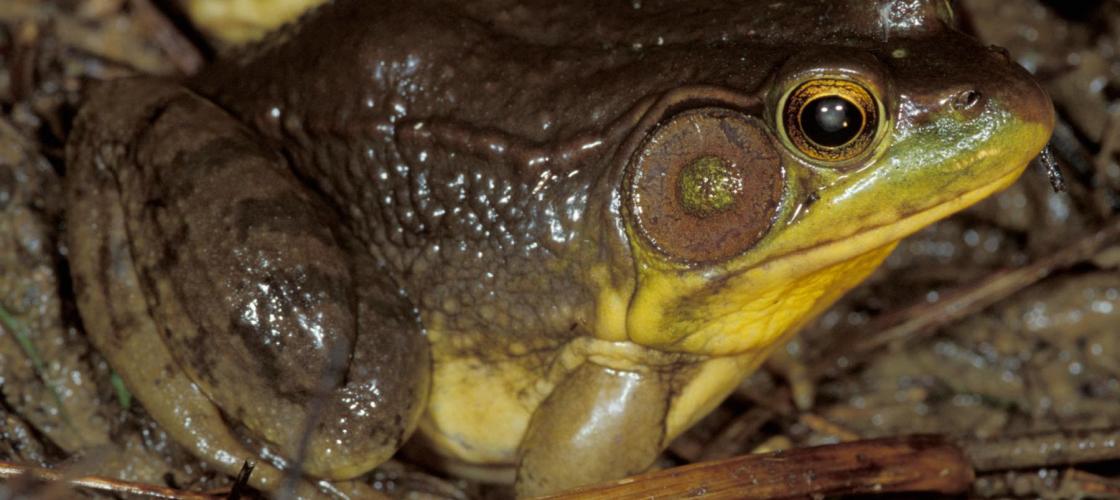
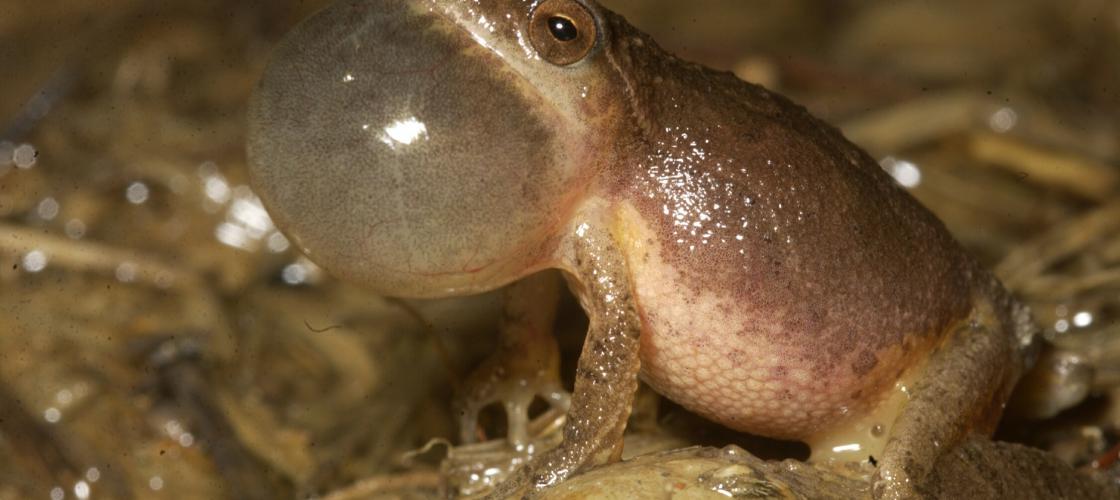
Recent Posts
























